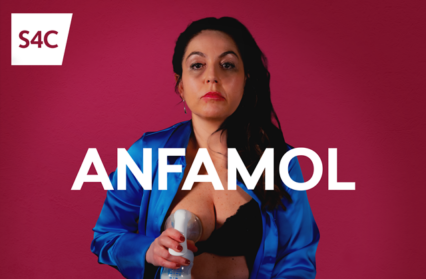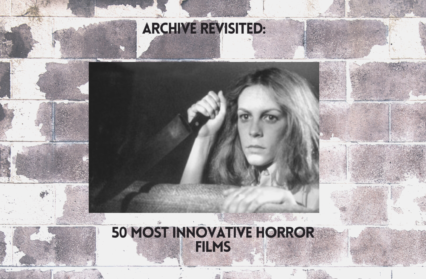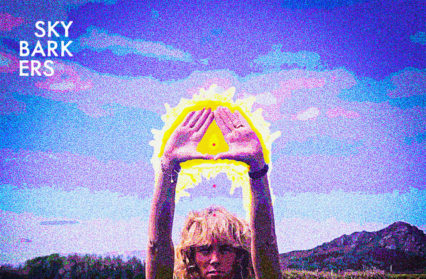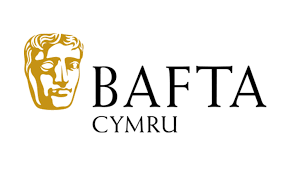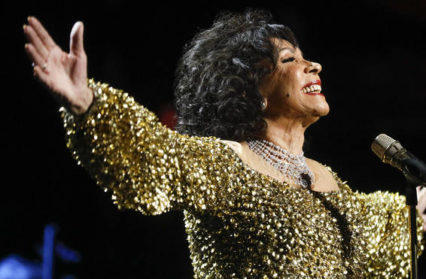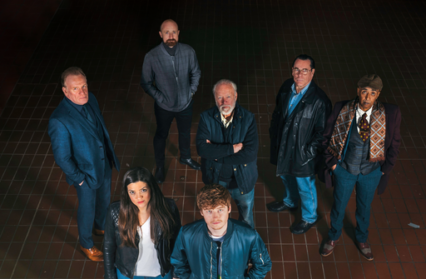Gary Raymond reviews the Chapter Arts Centre’s double-billing of Gareth Huw Evan’sThe Raid: Redemption, and The Raid 2: Berandal.
It is a rare thing to be moved to applause in a cinema. For a film-maker, absent most of the time, it must be the ultimate accolade, to have convinced an audience to such a degree that immersion is total, and the experience of the film has been one as daring and kinetic as great theatre. That is why we applaud at the theatre, after all; because we want to say thank you in person.
In a typical cheeky programme, Chapter Arts Centre presented, back to back, Glamorgan-graduate and Hirwaun-born director Gareth Huw Evans’ hit Indonesian action films, The Raid: Redemption(2012) and the newly released sequel The Raid 2. It made for an exhausting four hours (with a quick pint in between features), but a stretch that bedazzled, invigorated, amazed and floundered. If action films have become one dimensional, dumb, and reliant on CGI rather than stuntsmanship and moxie, then Evans’ two films will do no less than to restore faith in the relevance of the moving image. These films will live to demand a place in the story of the evolution of cinema, from the Lumiere brothers henceforth, a story that has been constantly corrupted and bastardised by Hollywood, but which can be held steady by hands such as Evans. The Raid movies are, quite simply, two masterpieces of pure cinema, two films concerned only ever with the powerful locomotive energies of the central image. And this focus makes for a rarely rivalled thrilling experience.
There is an old story that Slavoj Zizek retells in his long essay, ‘Violence’,
… about a worker suspected of stealing: every evening, as he leaves the factory, the wheelbarrow he rolls in front of him is carefully inspected. The guards can find nothing. It is always empty. Finally, the penny drops: what the worker is stealing are the wheelbarrows themselves…
From this parable we can begin to understand Evans’ own understanding of the artistry of cinematic violence, so readily on display in these two films. There is nothing to see beyond the thing right in front of you, but that is not the same thing as superficiality, as façade, as something to be treated lightly. For Evans such display is worthy in and of itself; it is both circus and ballet, both Barnum and Isadora Duncan. There is not a moment in either of these brutal, intense films where it is not obvious you are watching a master at work.
The films themselves are quite different from each other, although they share some characters, a development of design work, and the dynamic direction and martial choreography. The second film is also an extension of the plot of the first film, not just in terms of the introduction of another chapter in a tale, but the broadening of themes, the confident deepening of the colours, the emboldening of the artistry – there are times in The Raid 2 when it is like watching Kubrick direct Bruce Lee in Shakespeare (somewhere between King Lear and Titus Andronicus, perhaps).
The Raid: Redemption is a much more incomplex film than its sequel. It is as tight an action thriller as you are likely to see; a high concept one-line plot that swiftly adopts a computer game simplicity. A team of trainee Indonesian cops are deployed to a gang lord’s high rise headquarters, a block of flats controlled from floor to floor by the henchmen of the villain. The cops need to get from the bottom to the top. It goes wrong. Mayhem ensues. A single hero emerges. The movie has three strengths that lift it above the average: two of them are Evans (his directing and his editing) and the other is the astonishing athletic craft of the emergent hero, Iko Uwais. The fist-fighting scenes are among the best ever committed to screen; it is breathless, high-powered, indefatigable stuff. It brings to mind some great set-pieces – including those from The Big Boss, Rumble in the Bronx and Park Chan-Wook’s Oldboy – but it leaves them all standing, puffed out, punch drunk, and begging for life. It is to the credit of Evans’ craft that the audience are not as punch drunk themselves. He has formed a beautifully-paced symphony of extreme violence. The energy of the film, the lulls following and preceding the carnage-creating, crackles the screen as do some many bones. When the first film comes to a close, there is a thirst in the air, not a shrug, and this is not a primal thirst for more violence, but a thirst for the adrenaline such athleticism draws. Talk as much as you like about the violence (and this is grown-up stuff, make no mistake), but what dazzles here is the display of what the human body can achieve. It may be a cliché to write about the balletic grace of the great martial artists, but Uwais is as close to a lethal Nureyev as you are ever likely to see on screen.
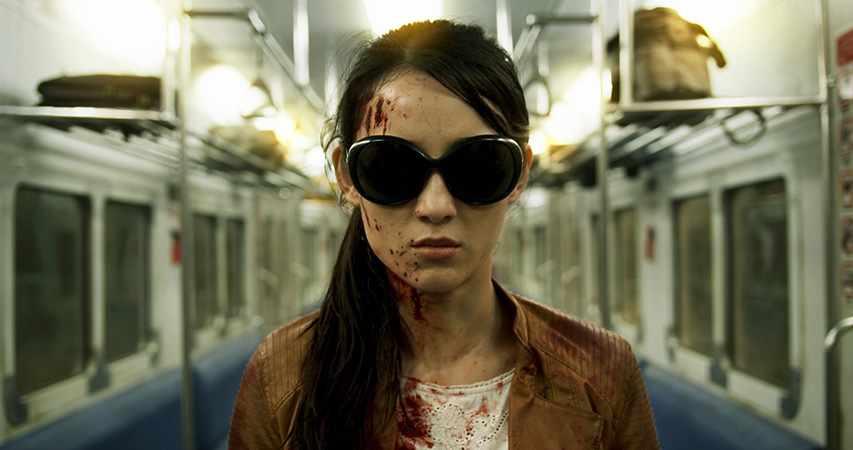
It is the second film that lifts the work. The Raid 2 may not be wholly successful in its ambitions, but it is lifted higher in the areas in which it does the business than it is dropped lower in the areas it fails. Evans, importantly, has taken the step that all great directors take, and he has seen exactly what he can do off the back of a hit. The Raid: Redemption was touted as the greatest action film in a generation by some of the top critics around (and I would agree with them), but rather than go bigger in the bang Evans has decided to step sideways and evoke the great spirits of operatic tragedy, just as Kurosawa did with Ran, and Coppola did with The Godfather. The Raid 2 is an extremely convincing gangster family saga, a Shakespearean mess of ambitions, familial resentments and duplicitous devilry. Uwais’ Rama this time is the infiltrator, a ‘raid’ of a more subtle sort, and the subtlety is key to this sequel – there are even moments when the subtleness is rendered all the more subtle for its reticence in making itself known at all. The film is slower, more wordy, and there are moments early on when you’re forced to wonder if this whole Infernal Affairs twist and turn drama was the right direction. But ultimately The Raid 2 is a mesmerising, weighty piece of work, one with a tumultuous tension and sense of grim fun that even succeeds in lifting the significance of the first film in its wake.
As for the action? Is Evans bigger in the bang than the first? The prison riot, the tube car fight, the kitchen duel: just three from a list of set-pieces that The Raid 2 holds up that will soon become a part of the lexicon of action movie imagery. The kitchen duel in particular, is simply awe-inspiring. A twenty-minute car chase makes the much-lauded freeway scene in Matrix Reloaded look like toadstool bumper cars in Super Mario Cart. It is the closing argument in the trial of CGI effects replacing stuntmanship and choreography in action films. Whereas as Fast and the Furious XXIV can suck up box office billions by flinging Vin Diesel through a computer-generated mineshaft evoking as much a sense of peril as blackberry picking in the Night Garden, Evans creates a symphony of crushing metal, crunching gears, clacking bullet torrents and crunching bones. There is one moment where the camera moves through the broken passenger window of a speeding car, up to the driver’s contorted face as he fires his automatic weapon at an enemy motorcyclist, and then through the smashed rear window and into the faces of the drivers in the pursuant car. It is moves like this that show Evans to be not only a student of the finer points of shooting action but that he has the ability to drive the genre forward. He could very well be the genre’s most exciting voice since John Woo cashed in his chips for Hollywood. And let’s be honest, the era of the slow-mo shoot-out is well and truly over. Evans is the future to Woo’s past.
For Evans, of course, there is a fascinating story to be told. A graduate of the University of Glamorgan film school, he is arguably the most successful Welsh film-maker in many years (not many have international box office smashes under their belts, as far as I can recall). It is testament to him that he has made the films he had the ambition to make, and did not become entrenched in pulling together funds for movies about disenfranchised council estates, or narrow country roads. As argued within the pages of Wales Arts Review over the last two years, in Evans we see another powerful example of Wales’ future being one of an international colour, not of parochial, dutiful isolationism. The future of Welsh art is extremely exciting, and for the brightest names, it will be shackle-free and bellowed loud.


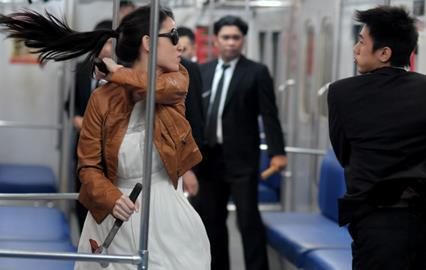
 Enjoyed this article? Support our writers directly by buying them a coffee and clicking this link.
Enjoyed this article? Support our writers directly by buying them a coffee and clicking this link.

